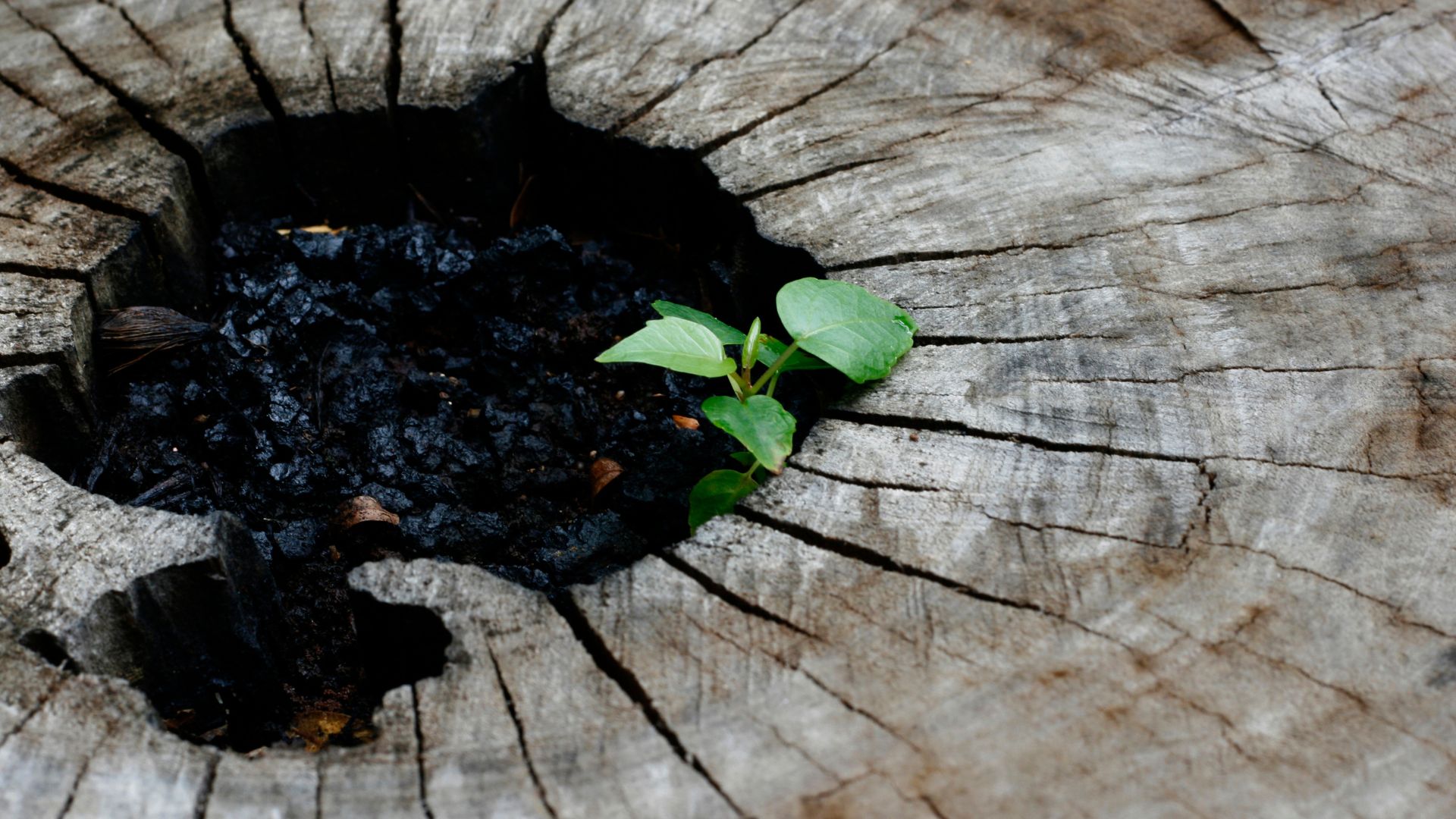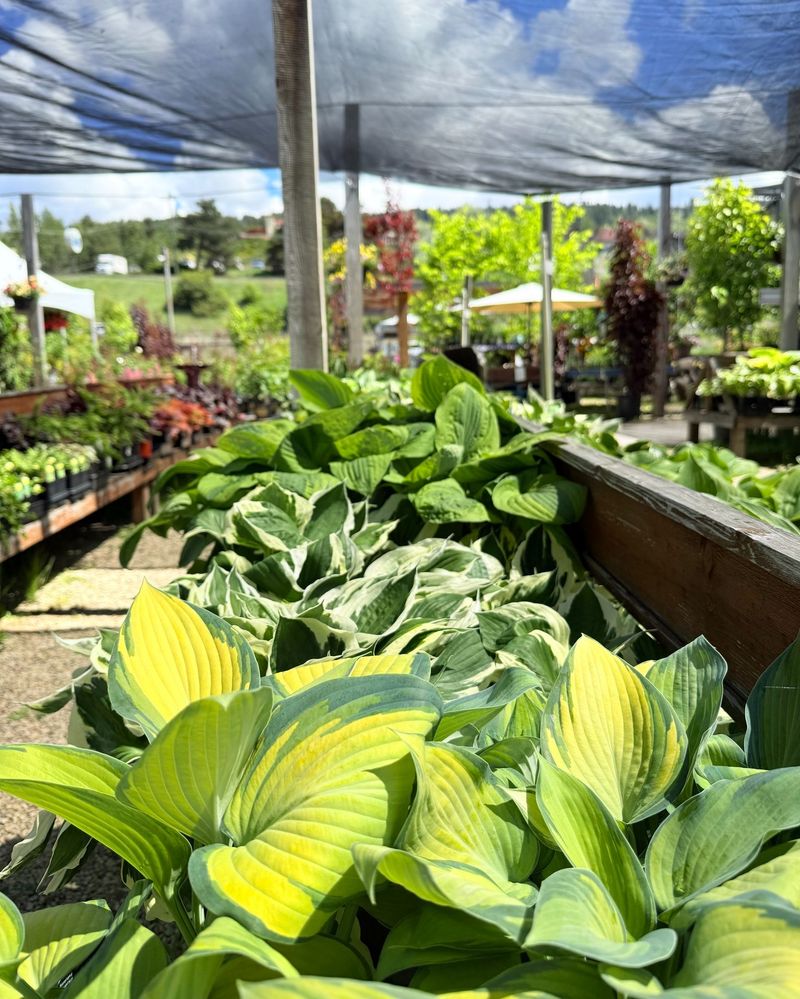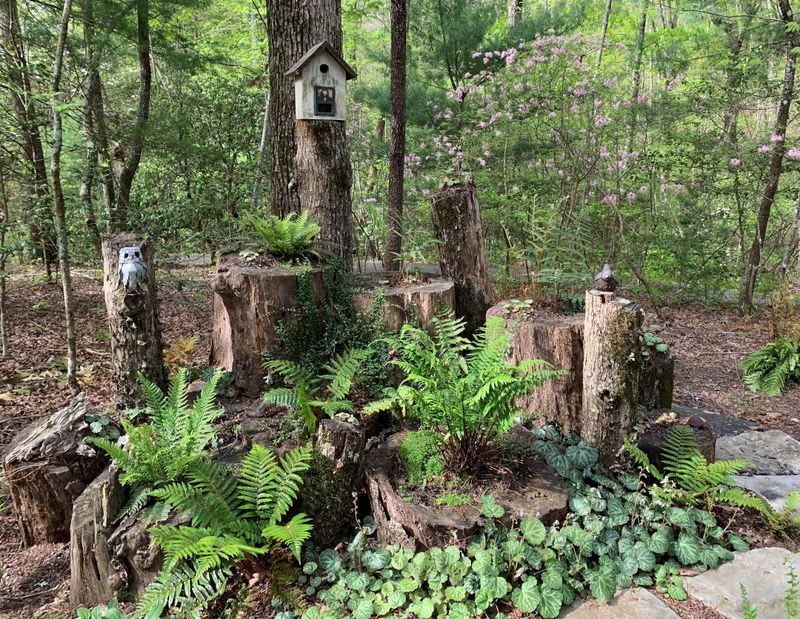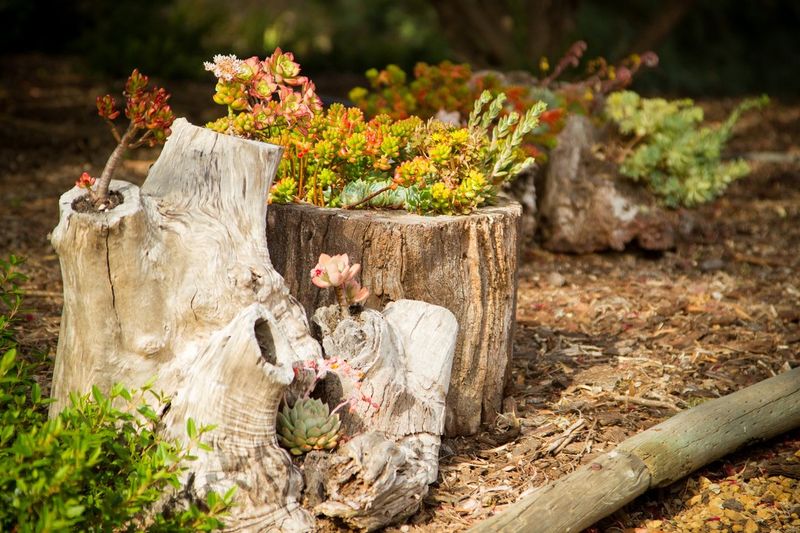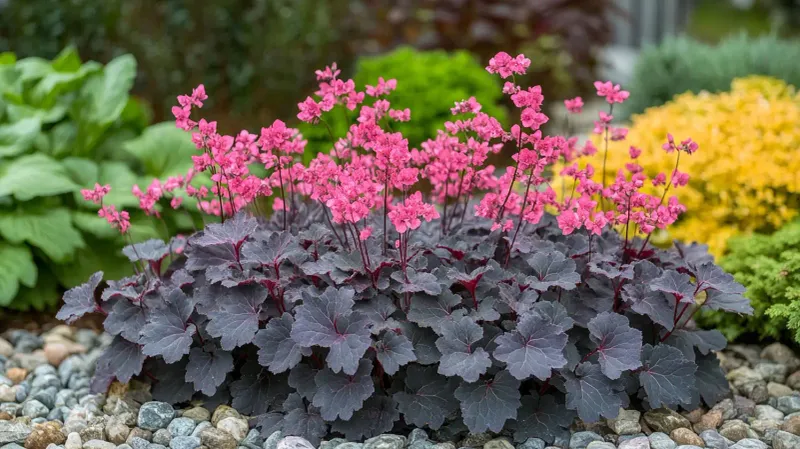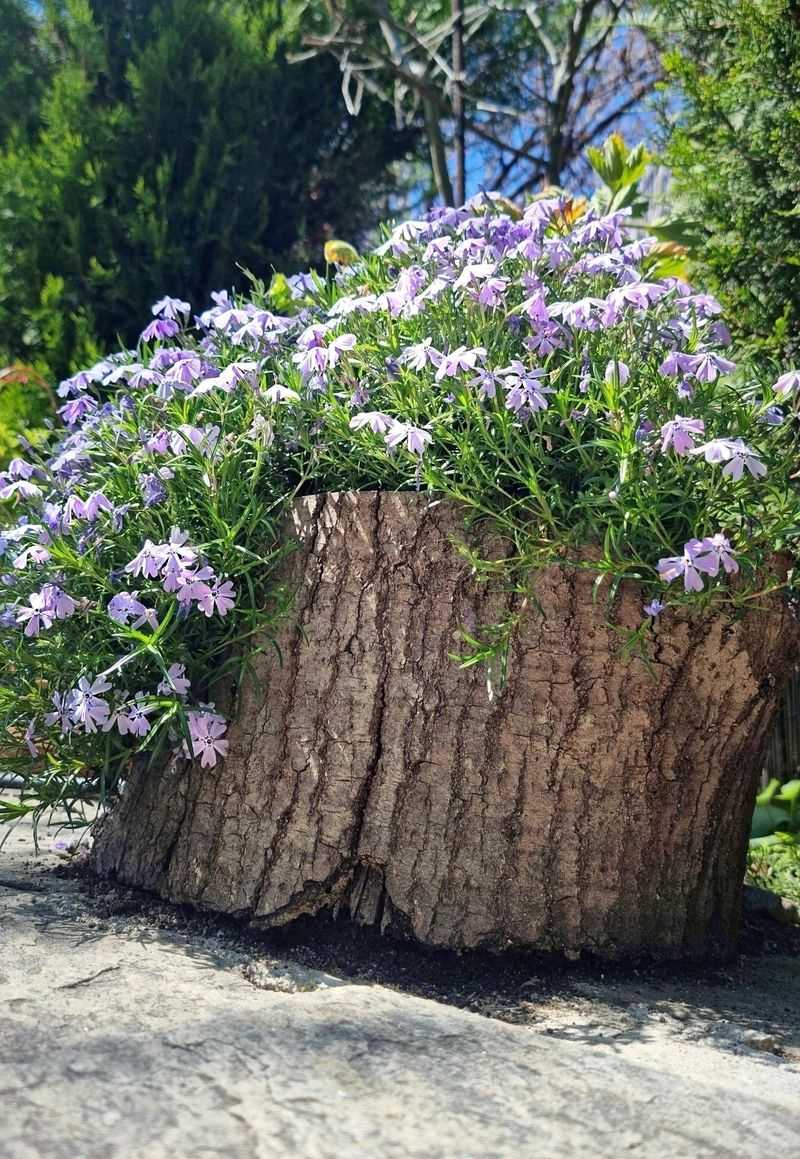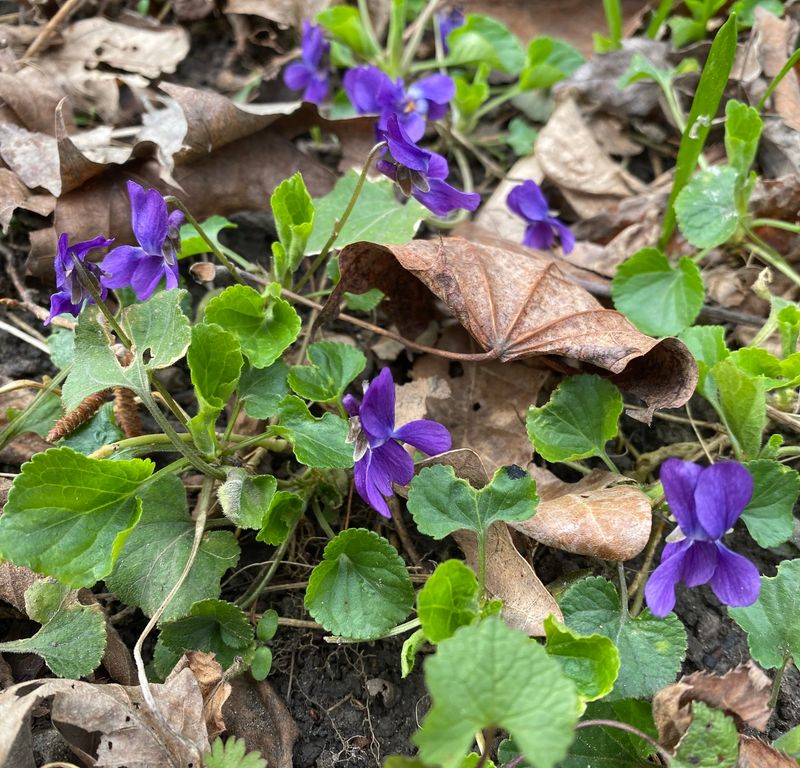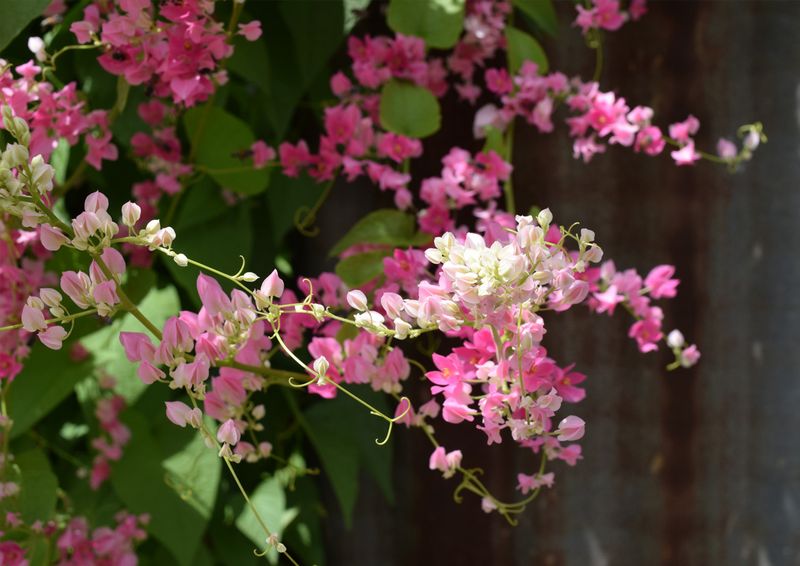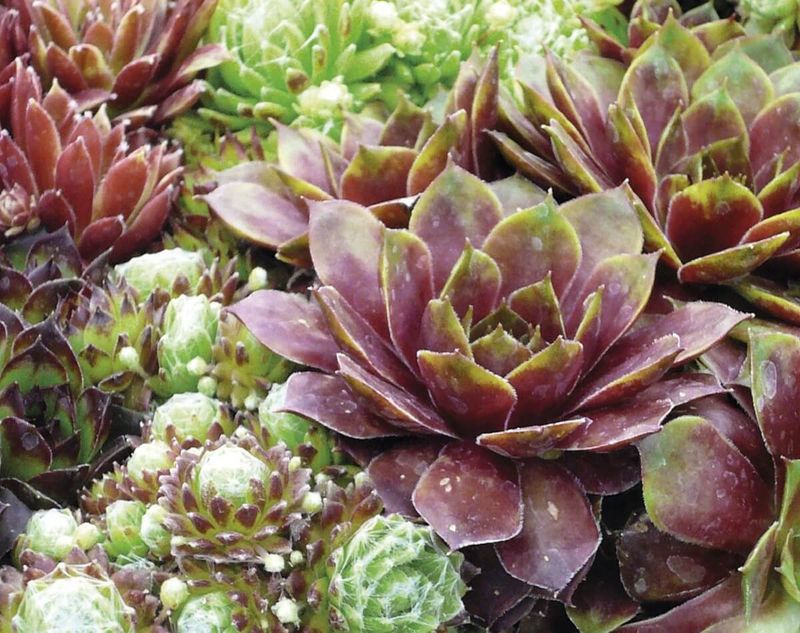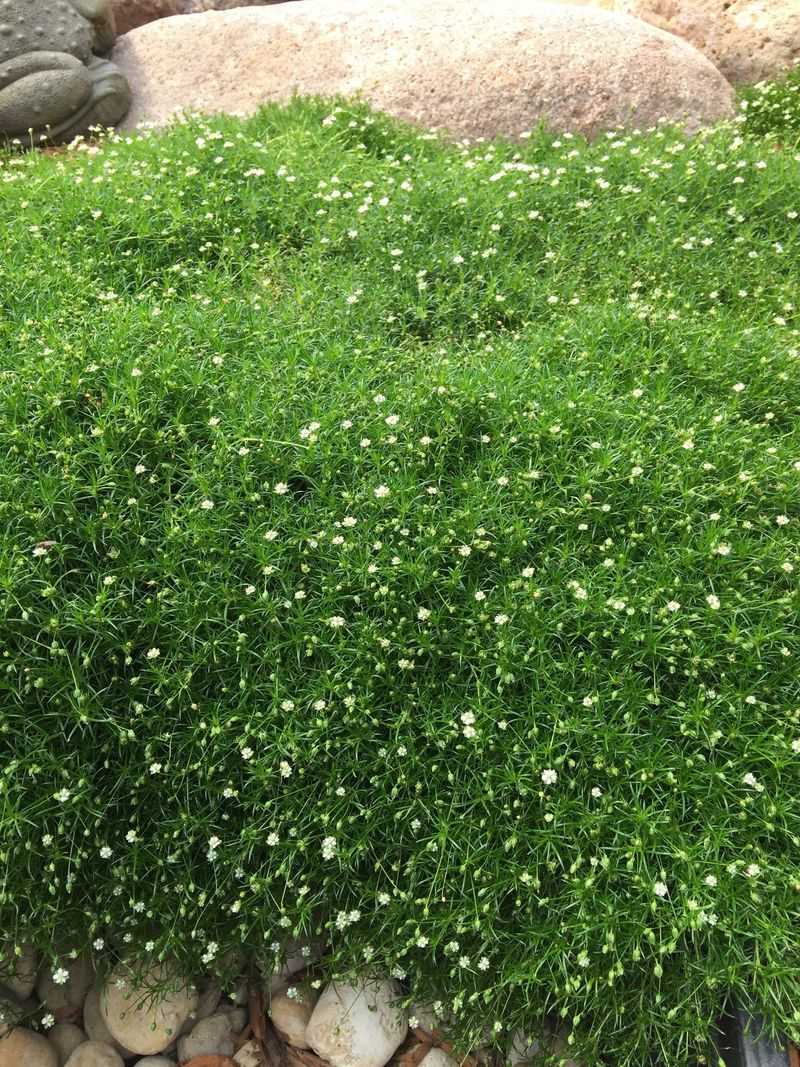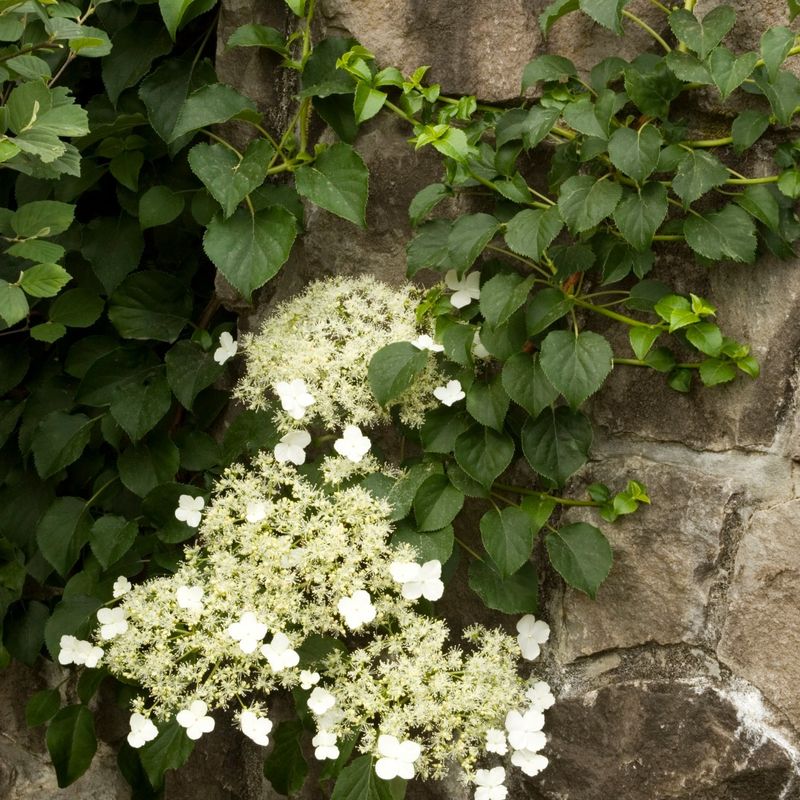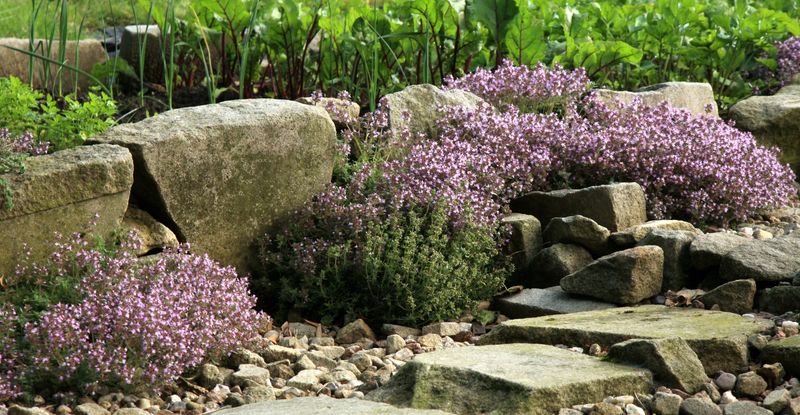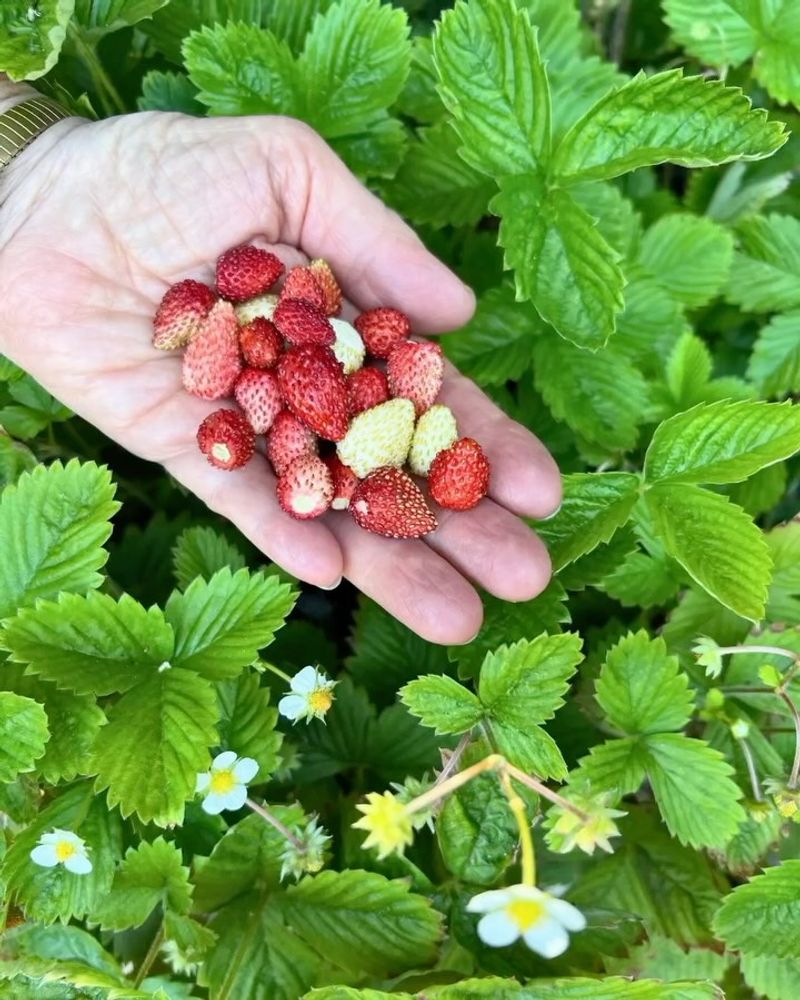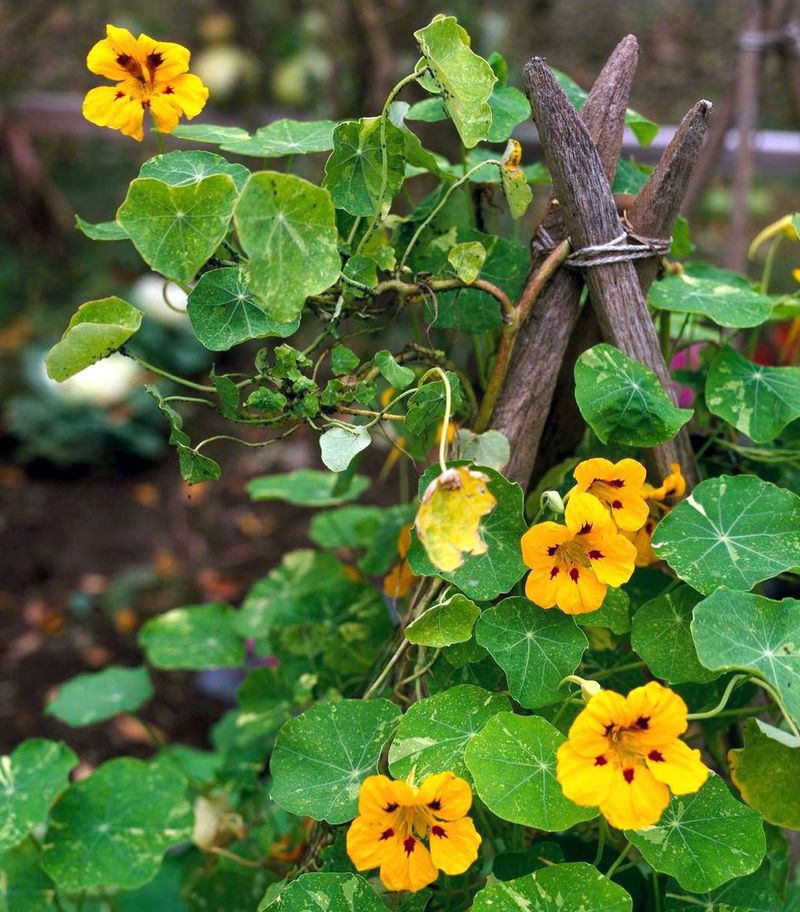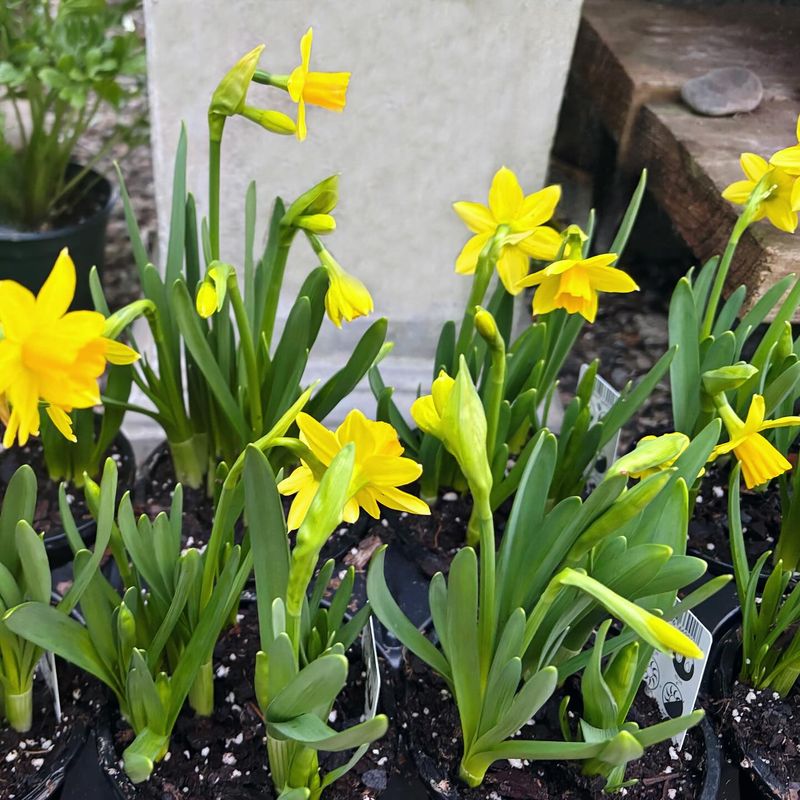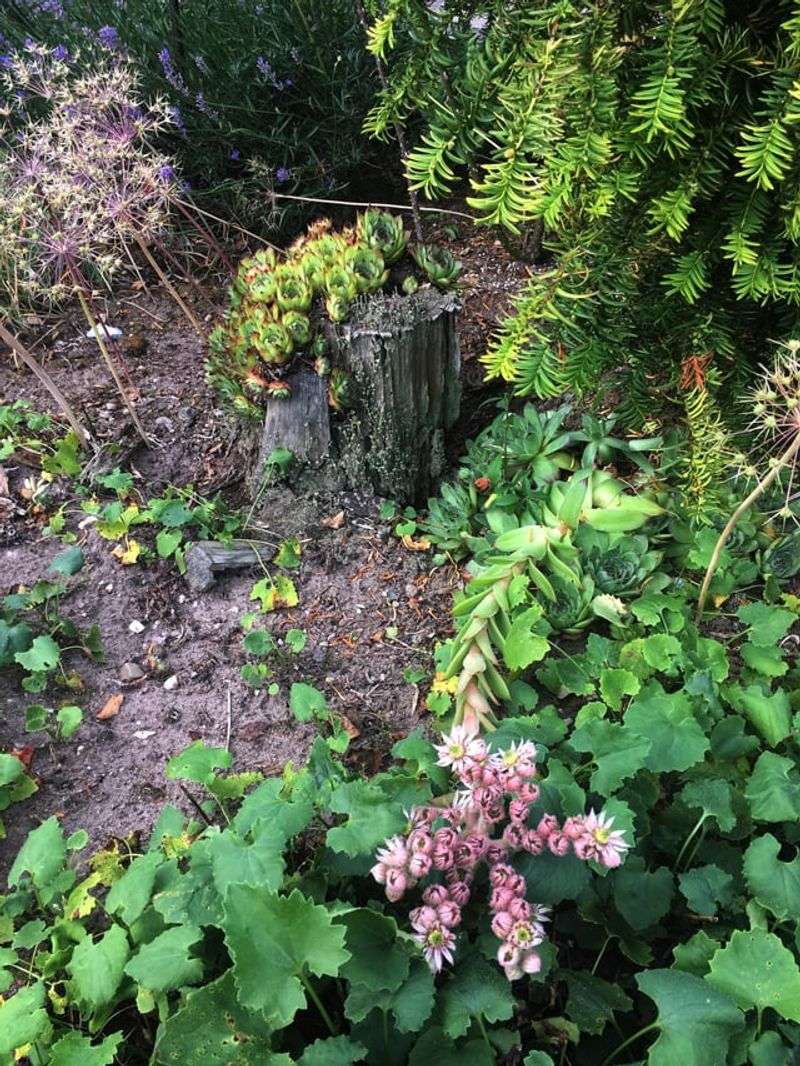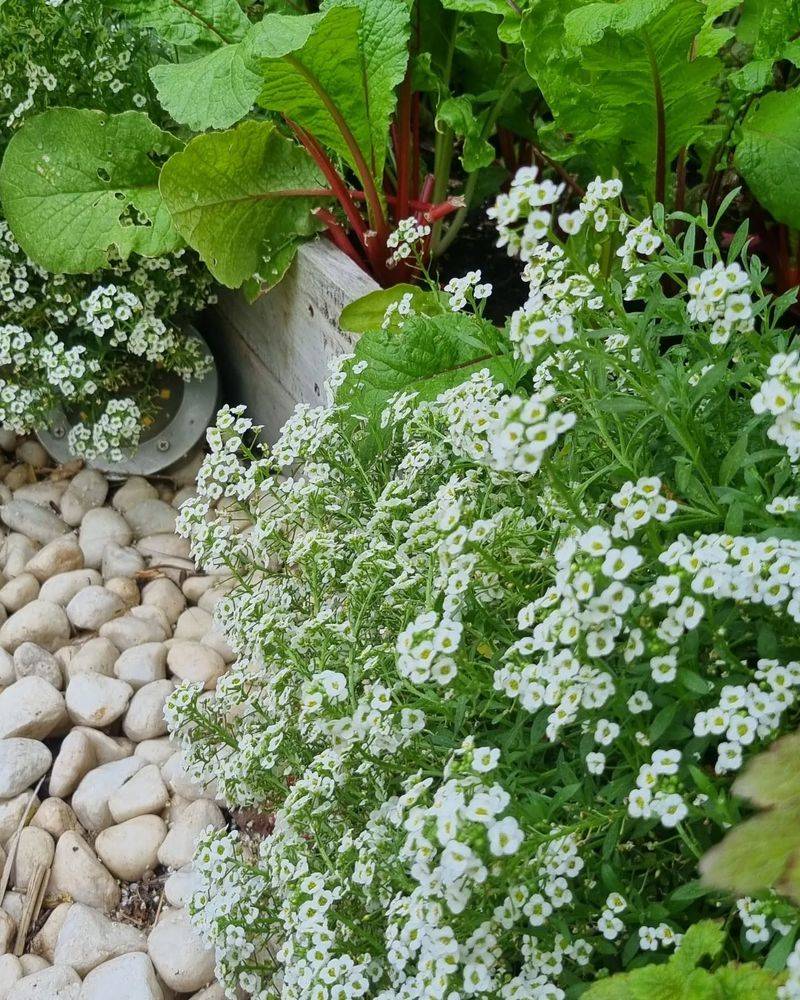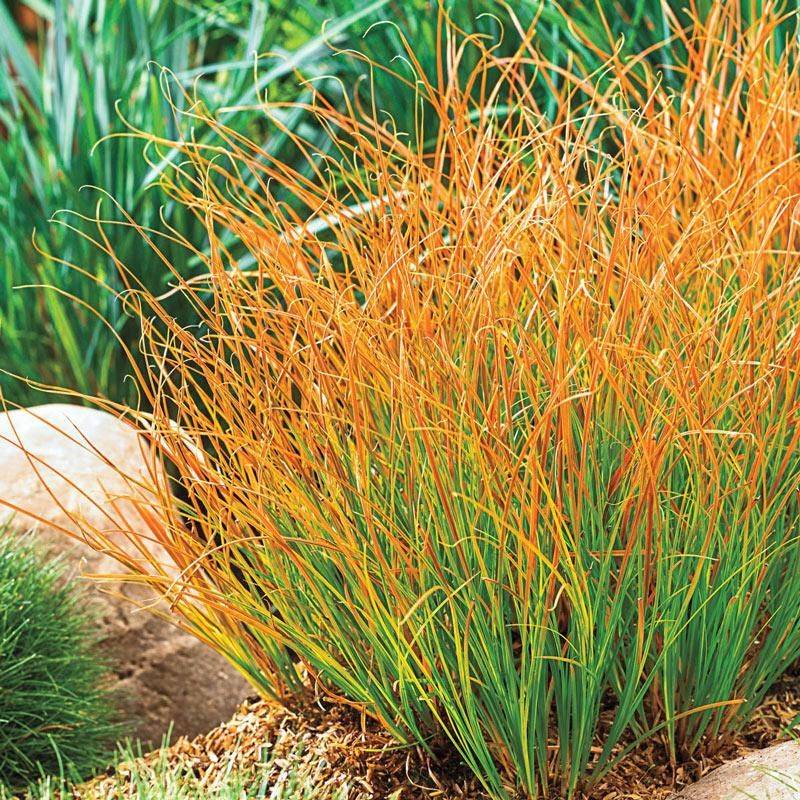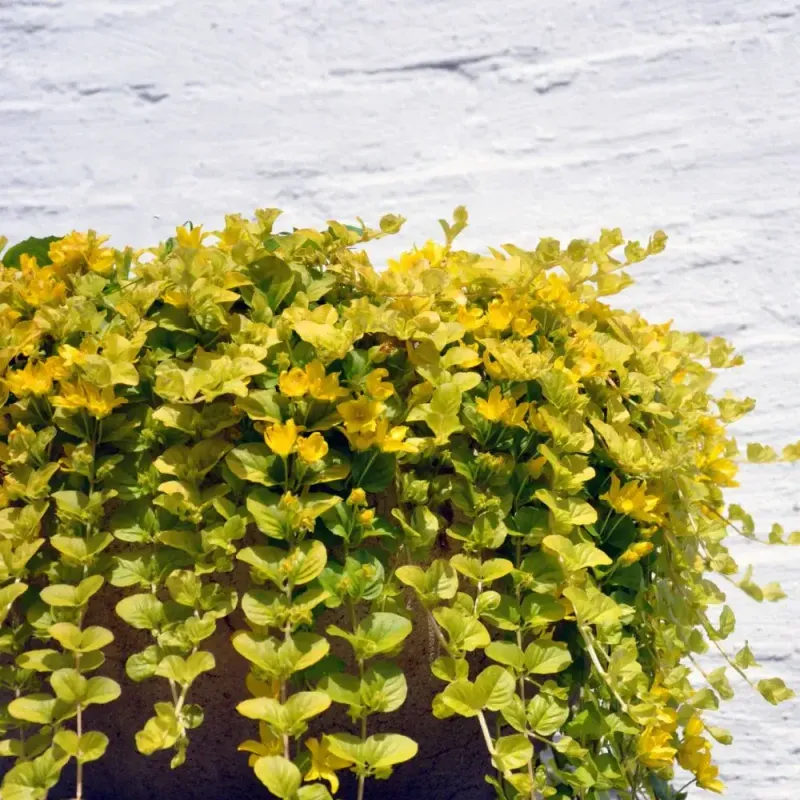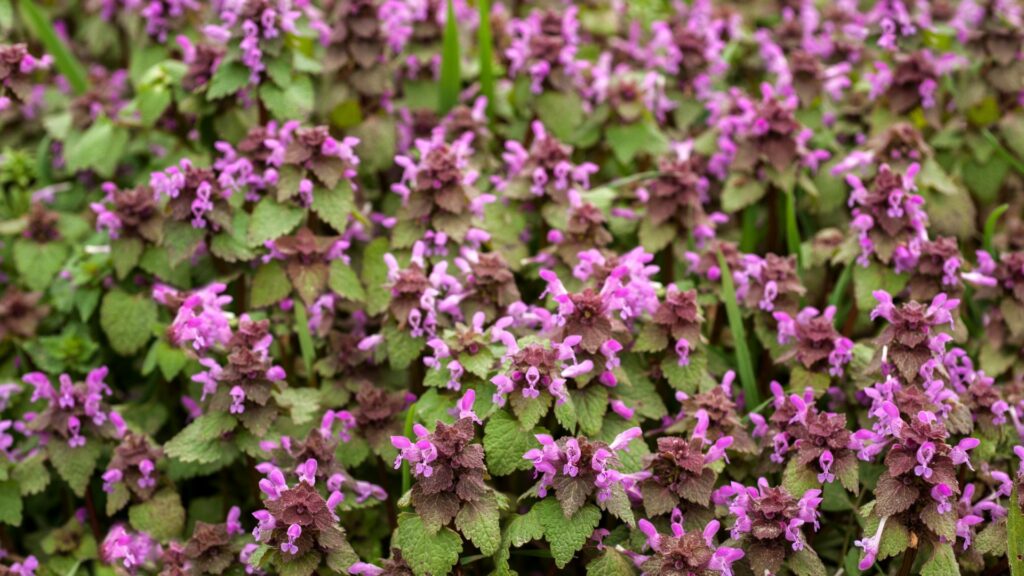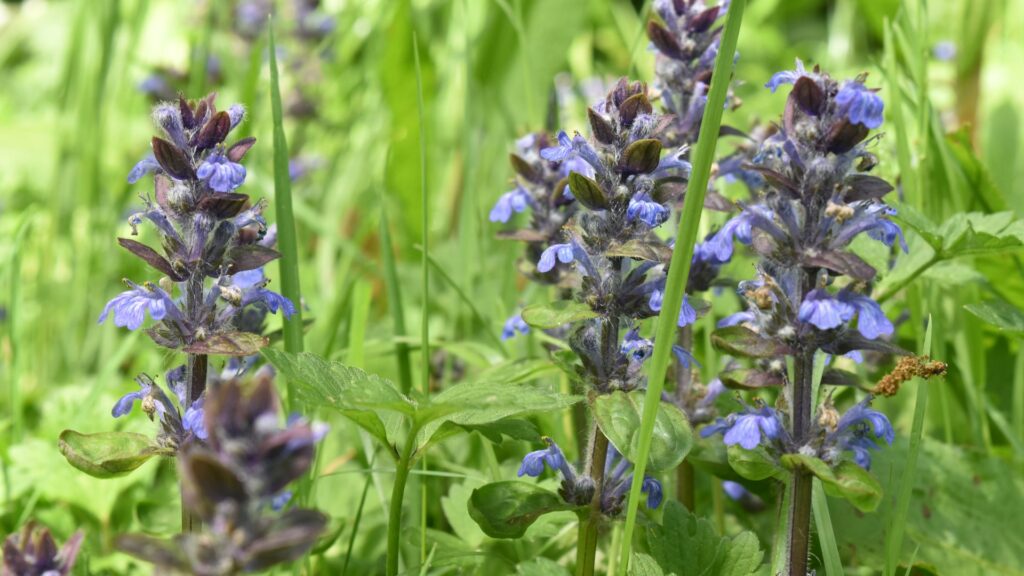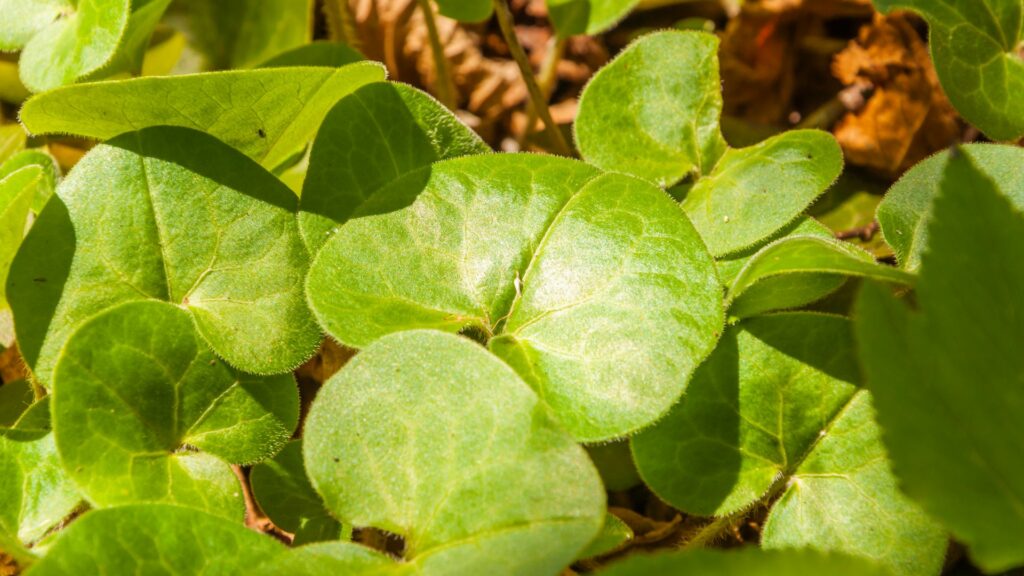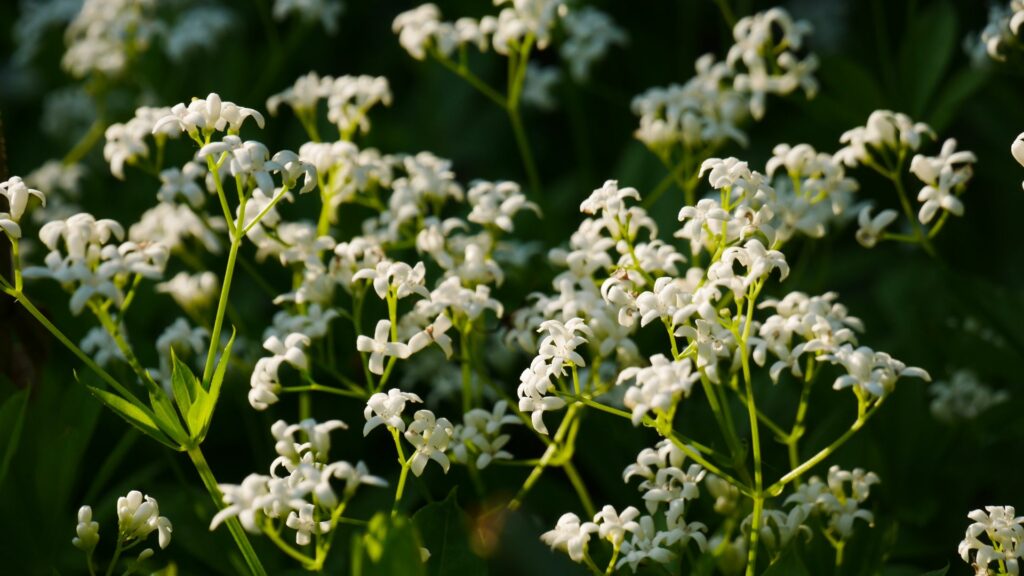Ever stared at an old tree stump wondering what to do with it? Removal can be expensive and time-consuming, but there’s a creative alternative right at your fingertips.
That unsightly stump can transform into a unique gardening feature with the right plants growing over it. As the wood naturally decomposes, it creates a nutrient-rich environment perfect for many species.
I once covered a stubborn oak stump with coral bells, and within a season, visitors couldn’t even tell there was a stump underneath. The metamorphosis from eyesore to eye-catching garden focal point was remarkable.
1. Hostas
The large, leafy spread of hostas makes them perfect stump-disguisers. Their shallow root systems don’t need much soil depth to thrive.
Plant a few different varieties around the edges of your stump for a textured look. As they grow, their expanding foliage will gracefully cascade over the wood, creating a lush mound that completely hides what’s underneath.
My neighbor tried this with three blue hostas on a maple stump, and by the second summer, you’d never guess there was anything but a gorgeous shade garden there.
2. Ferns
Tried ferns on a shady backyard stump last spring—absolutely transformed the space. Their feathery fronds create a woodland feel as they arch gracefully over the wood.
Ferns naturally grow in forest environments where fallen trees decompose, so they’re perfectly adapted for stump gardening. Just add a thin layer of soil to the top and sides of your stump, then tuck in small fern plants.
Maidenhair, autumn, and lady ferns all work beautifully, creating that magical forest atmosphere while the stump slowly breaks down beneath them.
3. Succulents
Hollow stumps make the perfect planting bowls for drought-tolerant succulents. Their shallow roots and minimal water needs mean they’ll happily grow in just a little soil on top of your stump.
The contrast between weathered wood and geometric succulent shapes creates striking visual interest. Mix different varieties—echeverias, sedums, and sempervivums—for a living sculpture effect.
During summer, my front yard stump garden becomes a conversation starter when the succulents send up their unusual blooms, drawing both compliments and hummingbirds to what was once just dead wood.
4. Coral Bells (Heuchera)
What saved my garden’s problem area was a cluster of coral bells planted around an old pine stump. Their colorful foliage—ranging from deep burgundy to caramel to silver—creates year-round interest.
Unlike many flowering perennials, heucheras offer stunning leaf color even when not blooming. The delicate flower stalks that rise above the foliage in summer add vertical interest to what would otherwise be a flat stump.
They’re remarkably adaptable to the gradually changing conditions as the stump decomposes, thriving in both the initial shallow soil and later as the wood breaks down.
5. Creeping Phlox
Spring transforms ordinary stumps into flowering cascades when planted with creeping phlox. This ground-hugging perennial creates a waterfall of pink, purple, or white blooms that completely blanket the wood beneath.
Beyond the spectacular flowering period, the evergreen foliage continues providing coverage year-round. Simply place plants around the stump’s perimeter and they’ll naturally grow over and down the sides.
My grandmother taught me this trick—her maple stump disappeared under phlox within two seasons, becoming the centerpiece of her spring garden rather than an eyesore she needed to remove.
6. Woodland Violets
Native woodland violets practically beg to colonize old stumps. Their natural habitat includes forest floors where they thrive among decomposing wood.
The heart-shaped leaves form a dense carpet, while the delicate purple flowers add springtime charm. Since they self-seed readily, a small planting will spread to cover the entire stump over time.
Found a patch growing wild at the edge of my property and transplanted some around a troublesome oak stump. They’ve since naturalized so beautifully that the stump now looks like it’s always been part of a woodland garden rather than a remnant of tree removal.
7. Coral Vine
The rapid growth of coral vine makes it perfect for covering larger stumps quickly. Its heart-shaped leaves and clusters of bright pink flowers create a stunning display within a single season.
Also known as Mexican creeper, this vine uses the rough texture of the stump as natural support while it climbs. The contrast between the weathered wood and delicate pink blooms creates a cottage garden feel.
Remember that in warm climates this plant can become vigorous, so you’ll want to monitor its spread. My sister’s backyard stump became a flowering mountain after just one summer with coral vine.
8. Hens And Chicks
The structural rosettes of hens and chicks look like living sculptures when arranged on a stump. Their ability to grow in minimal soil makes them ideal candidates for stump gardening.
Creating small pockets of soil in the cracks and crevices gives these succulents just enough room to take hold. As they multiply, the “mother” plants send out offsets that fill in all available spaces.
During winter, their colors often intensify to deep reds and purples. My kitchen window faces a stump I planted with hens and chicks three years ago—it’s now completely covered with dozens of rosettes in varying sizes.
9. Irish Moss
Not actually a moss but a flowering perennial, Irish moss creates a velvety green carpet that softens the harsh edges of a freshly cut stump. Its cushion-like growth habit molds perfectly to irregular surfaces.
The tiny white flowers that appear in spring add a starry effect to the emerald base. For best results, place small plugs of Irish moss in several spots around your stump, ensuring the soil stays consistently moist until established.
Watched this transform my brother’s problematic cherry stump into what looks like a moss-covered stone. Visitors always touch it, surprised to discover there’s wood underneath the soft green covering.
10. Climbing Hydrangea
For larger stumps in shaded areas, climbing hydrangea creates a spectacular display. Unlike most vines that merely cover, this one transforms a stump into a flowering shrub-like form.
The aerial roots naturally attach to rough bark, helping the plant climb and eventually cascade. White lacecap flowers appear in summer against rich green foliage, creating months of interest.
Patience is needed—this slow-grower takes 2-3 years to establish before putting on significant growth. My aunt’s oak stump seemed barely covered for two summers, then suddenly exploded into a hydrangea bush by year three.
11. Creeping Thyme
The fragrance released when you brush against creeping thyme makes it a sensory delight for stump gardens in high-traffic areas. Its low-growing habit creates a blanket of tiny leaves that conform to the stump’s shape.
Purple, pink, or white flowers cover the plants in summer, attracting bees and butterflies. Different varieties offer various scents—lemon thyme brings a citrusy note, while woolly thyme has a more traditional herb fragrance.
My pathway stump became an aromatic landmark after planting creeping thyme. Children in the neighborhood purposely step near it to release the scent, turning what was an obstacle into a garden feature.
12. Strawberries
Turning that eyesore into a productive garden spot happens naturally with strawberries. Their trailing habit allows them to cascade down the sides while producing sweet fruits.
The stump provides excellent drainage—something strawberries love—while gradually contributing nutrients as it decomposes. Both June-bearing and everbearing varieties work well, though the latter provides a longer harvest season.
Last summer, my daughter collected a small bowl of berries every few days from our stump patch. The white flowers and red fruits against the weathered wood created a charming rustic display that was both beautiful and delicious.
13. Trailing Nasturtiums
The vibrant orange and yellow flowers of trailing nasturtiums create a stunning contrast against weathered wood. Their round leaves form a lush canopy that spills over the edges of the stump.
As annual plants, they’re perfect for experimenting—if you don’t like the look, you can try something different next year. Both flowers and leaves are edible, adding a peppery kick to summer salads straight from your stump garden.
Started with just a handful of seeds scattered on top of a stump with some potting soil. By midsummer, the entire structure was hidden beneath a cascade of colorful blooms that continued until first frost.
14. Miniature Daffodils
Early spring brings delightful surprises when you’ve planted miniature daffodils around your stump. Their cheerful yellow blooms emerge when most gardens still look dormant.
Unlike their larger cousins, these compact varieties reach just 6-8 inches tall, making them proportional to most stumps. Plant the bulbs in fall, tucking them into soil pockets around the base and on top if there’s sufficient depth.
My front yard maple stump hosts ‘Tete-a-Tete’ daffodils that announce spring before anything else blooms. Later, ferns emerge to hide the fading foliage, providing a perfect succession of interest.
15. Sedum ‘Autumn Joy’
The structural presence of Sedum ‘Autumn Joy’ makes it an excellent choice for stump gardens that need year-round interest. Its succulent stems stand upright, creating a living sculpture above the wood.
Starting with green broccoli-like buds in summer, the flower heads transform to pink and eventually copper-red by fall. Even in winter, the dried flower heads add texture and catch snow beautifully.
Planted three small divisions around a birch stump four years ago. They’ve since grown into a unified clump that completely obscures the wood beneath while providing three seasons of changing colors.
16. Sweet Alyssum
The honey-scented clouds of tiny white, purple, or pink flowers make sweet alyssum a fragrant choice for stump coverage. Its quick-growing habit fills in bare spots within weeks.
Though typically grown as an annual, in mild climates it often self-seeds, returning year after year. The delicate appearance creates a beautiful contrast with rough, weathered wood.
My patio stump became the most fragrant spot in the garden after planting alyssum. Evening gatherings now happen around what was once considered an eyesore, with guests often commenting on the sweet scent that intensifies at dusk.
17. Ornamental Grasses
Adding movement and sound to stump gardens happens naturally with ornamental grasses. Smaller varieties like Japanese forest grass or blue fescue create dramatic textural contrast against the solid wood.
Their fibrous roots establish quickly in the shallow soil around stumps. As they mature, the arching blades catch breezes, bringing kinetic energy to what would otherwise be a static feature.
Transformed a problem stump near our deck with three varieties of grasses. Now instead of an eyesore, we have a focal point that rustles soothingly when afternoon winds pick up—nature’s wind chimes without the hardware.
18. Creeping Jenny
The coin-shaped leaves of golden creeping Jenny create a cascade of color that brightens even the darkest stump. This ground-hugging perennial spreads quickly, rooting as it grows to form a living blanket.
In sunny spots, the foliage takes on a brilliant chartreuse color that stands out dramatically against weathered wood. Shaded locations produce a more subdued lime-green effect that still adds significant interest.
Started with just two small nursery pots around a problematic elm stump. Within one growing season, the entire base was covered in a golden carpet that effectively erased all evidence of the stump beneath.
19. Lamium (Dead Nettle)
If your stump sits in shade and you need fast coverage with a splash of color, lamium is a standout choice. This ground cover offers silvery variegated foliage with pink, white, or purple blooms depending on the variety.
It thrives in partial to full shade and spreads easily, forming a dense mat that softens stump edges and suppresses weeds. Even better, it’s deer-resistant and low-maintenance once established.
My aunt planted ‘Purple Dragon’ lamium around a shaded walnut stump. Within a year, the shimmering leaves and snapdragon-like flowers made the stump look like an intentional garden feature, not an afterthought.
20. Ajuga (Bugleweed)
Ajuga brings vivid foliage and blue flower spikes to stump gardens, especially in partly shaded areas. Its ability to root quickly and grow in tight spaces makes it perfect for spreading over uneven wood surfaces.
Depending on the cultivar, foliage can range from deep bronze to variegated green-and-white, giving you year-round interest even outside the spring bloom period.
Discovered a patch of ‘Chocolate Chip’ ajuga thriving under my neighbor’s cherry stump—it had crept its way across the entire surface, forming a colorful, low-growing mosaic that bees adore in early spring.
21. Wild Ginger
Wild ginger forms a dense, low-growing mat of heart-shaped leaves that work beautifully for disguising stumps in shady areas. It spreads via rhizomes, quickly colonizing around and over decomposing wood, while the thick foliage blocks weeds and holds moisture in.
Though its small maroon flowers often stay hidden beneath the leaves, they attract native pollinators and lend quiet charm to the stump’s base. The plant’s natural habitat is the woodland floor—exactly the kind of setting a stump provides.
I tucked a few divisions of wild ginger around a shaded ash stump two years ago. Today, the stump is cloaked in glossy green leaves that look like they’ve always belonged there, blending seamlessly with the surrounding native garden.
22. Sweet Woodruff
Sweet woodruff is a low-growing, spreading perennial that thrives in shady, woodland-like conditions—perfect for stump gardens in cooler, shaded spots. Its whorled, delicate leaves form a dense carpet, and in spring it produces tiny, fragrant white flowers that add subtle charm.
This plant spreads via creeping rhizomes, gradually softening and covering rough wood surfaces while suppressing weeds. It prefers moist, well-drained soil but tolerates the shallow soil often found on stumps.
I planted it around a shaded stump beneath mature oaks, and within two years the stump was almost unnoticeable under its fresh, fragrant foliage.

